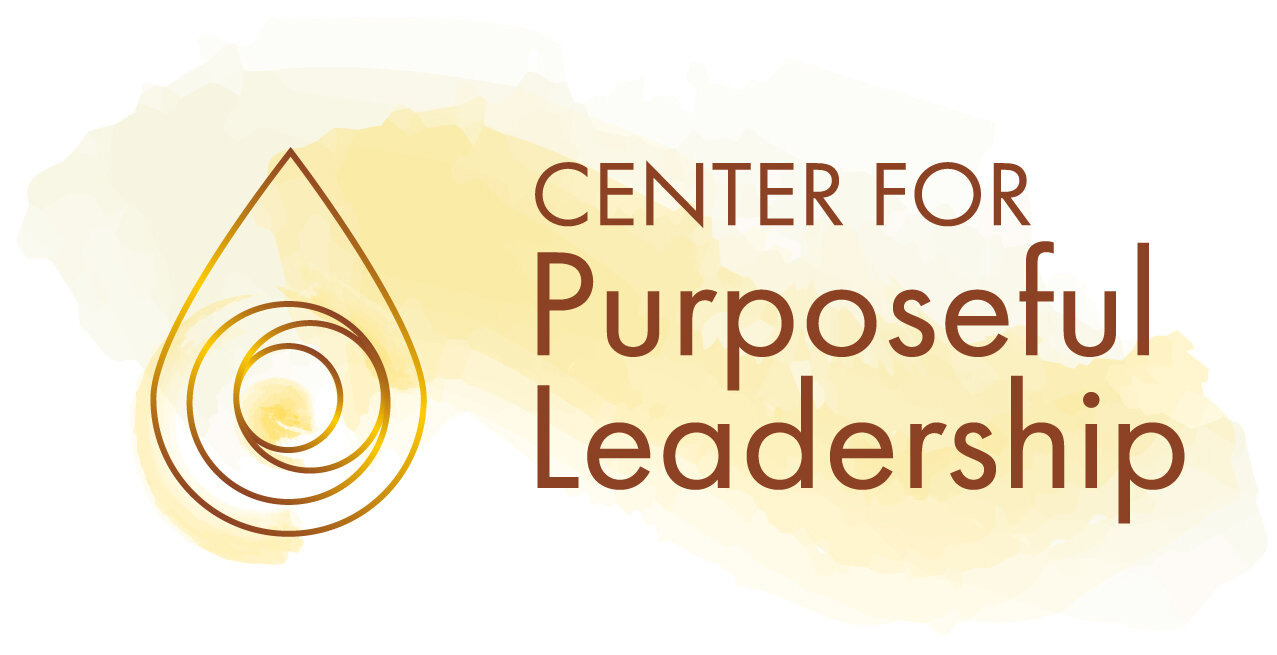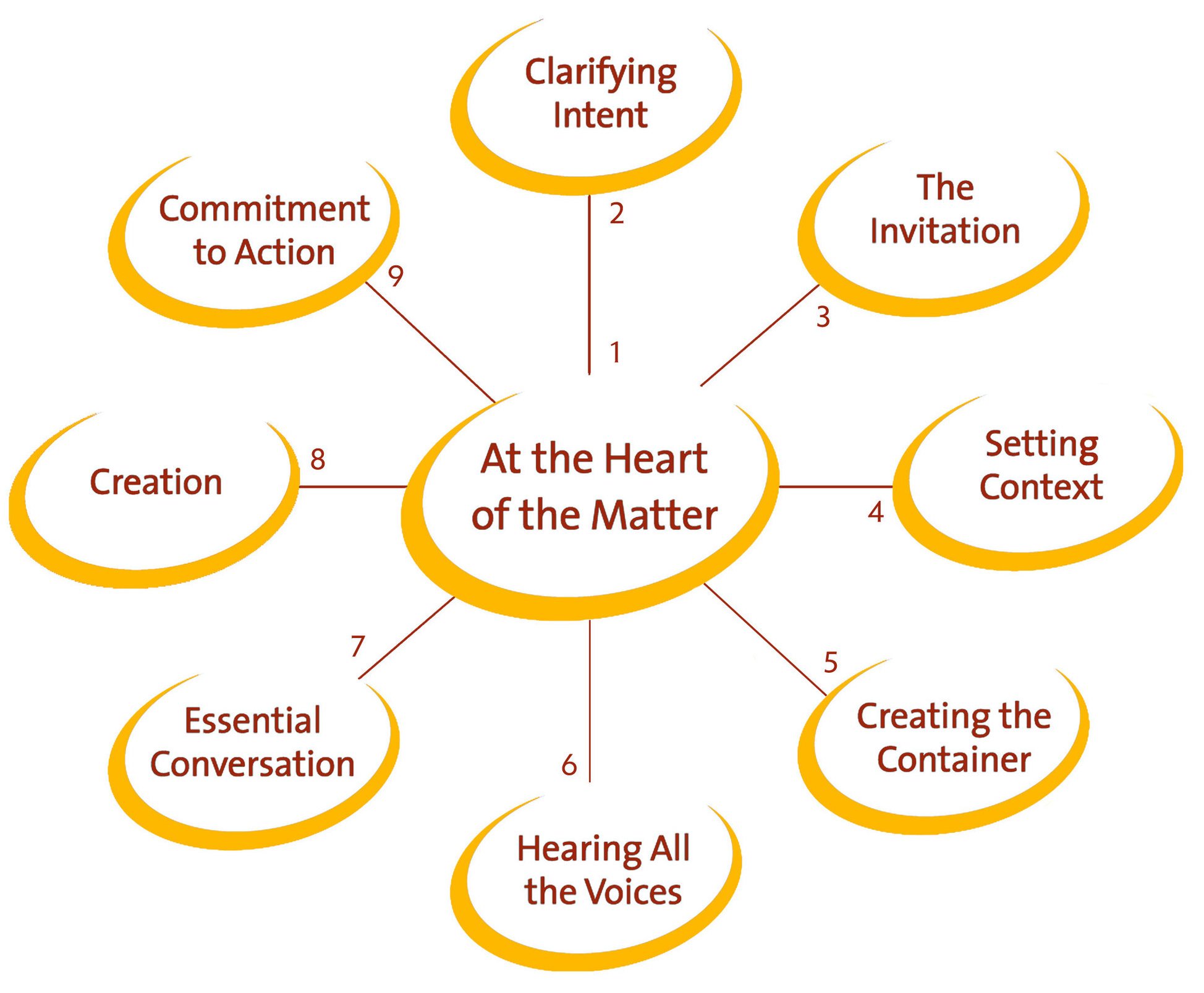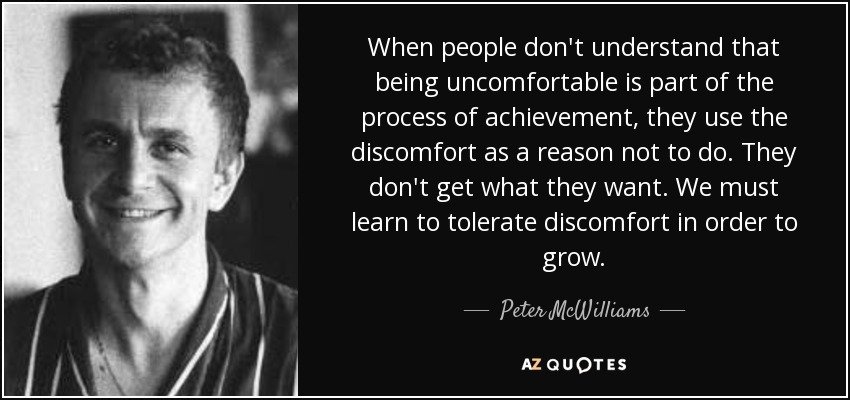Embracing Change: A Client Success Story
/Photo Credit: Craig Neal
by Rachel Harris
While the times around us are changing, business models are changing with them. Many organizations big and small are transitioning to a focus on the long-term visions and goals of their business. Though short-term visions are extremely important, CPL has seen and researched this trend. As short-term visions provide faster results, long-term visions provide the longevity for your business in this competitive world. Many of these long- and short-term visions begin with one of the most important aspects: setting goals. Have you ever looked toward an end goal and wondered how to reach it? CPL recently had a client reaching toward a new beginning.
The culmination of a two-month training, convening, and development project resulted in a tremendous transformation for this client heavily engaged in public input on hotly contested topics. In late January, our clients rolled out a new public engagement format, based on the Art of Convening methodology. They had taken an introductory Art of Convening training in Fall 2016 and considered how best to incorporate purpose, invitation and hearing all the voices within their business culture. Their intent was to be mindful of the organizational culture, with a new CEO onboard, while boldly taking a leap in a new direction.
With the consultation between Heartland and our client, they began renaming the evening meetings from "Public Input" to "Listening Session". Stakeholders then took notice that the meetings would be delivered anew. Great care was put into each element of the structured conversation in the 90-minute meeting.By courageously adapting Art of Convening methodologies, our client reached a dramatically different outcome with increased attendance and engagement.
Previously, stakeholders had noted they didn't feel heard. At the retooled Listening Session people openly observed staff was compassionate and residents felt listened to. The client's excellent outcome indicates a profound shift in how they relate - to and are received by - their customers and stakeholders.
If your organization's goals include breakthrough relations with your stakeholders and customers or conducting effective meetings to reach those goals, give CPL a jingle at 612-281-1192. In the meantime, be sure to check out other CPL blogs and our LinkedIn page for weekly updates and tips on The Art of Convening.





![[Hearth] Voices from Ukraine: Part 2](https://images.squarespace-cdn.com/content/v1/58a4e3be9de4bb98b066fd6f/1647955546471-VUGA4FCGFEUYJ29TEQVA/sunforest-mix-sunflower-types-1586794598.jpeg)
































…this idea of worthiness, that struggle we go through as a nation, happens all the time.
Edward Dugger III, president of Reinventure Capital and an early pioneer in impact investing, explores the intersection between the venture capital community and racial equity.